Forecast demand to ensure that the delivery network is operating at optimal capacity and meet demand during peak time – hence increase sales and decrease inventory levels. Use factors like historical sales, weather, demographics, time of the year, and more. Optimize Procurement orders based on forecasts

Understand the Use-case under 5 minutes

Video (2 minutes)
Use AI to constantly sense changes in demand patterns, so you can adapt quickly and eliminate inventory pile ups while your customers always get what they are looking for
Watch
Video (3 minutes)
Seeloz' Supply Chain Automation Suite (SCAS) leverages artificial intelligence to integrate demand and inventory planning into a continuous flow of autonomous learning, evaluation, and execution.
Watch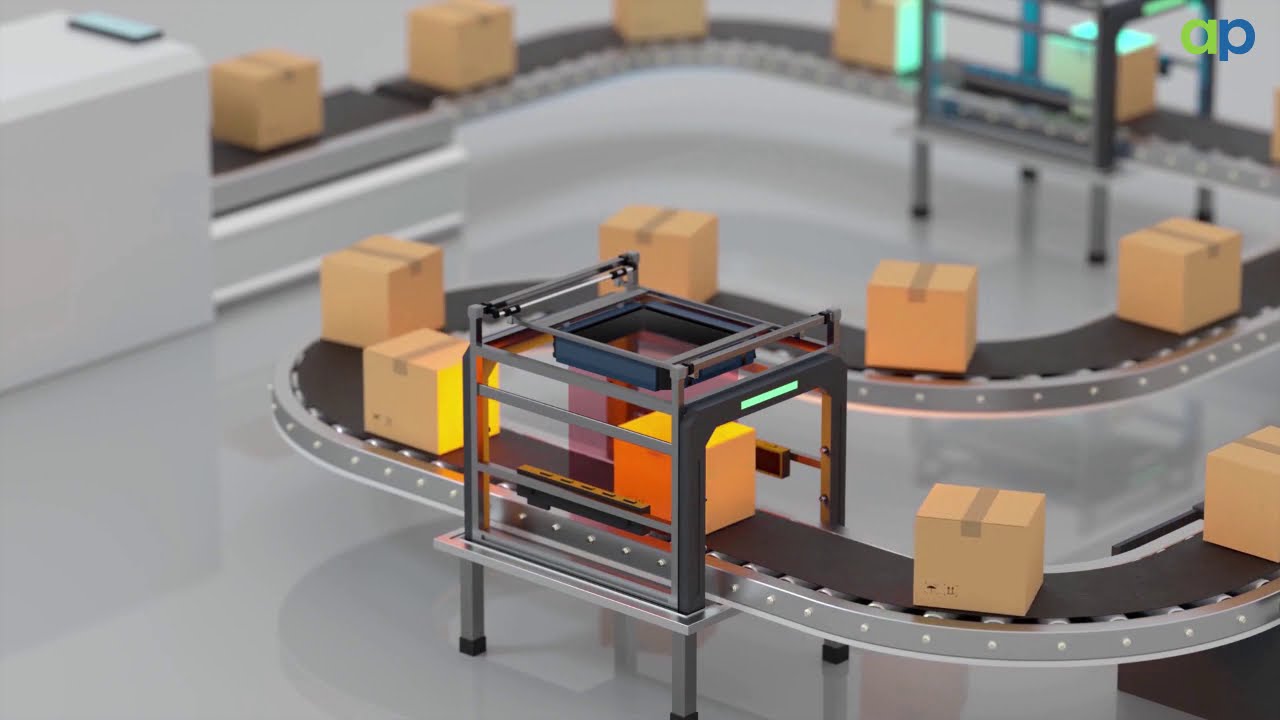
Video (2 minutes)
AI-based Supply Chain Planning enables your system to ‘learn’ historical demand behavior, understand the impact of other variables on sales & predict demand with greater accuracy. It can help with Demand Forecasting, Demand Sensing, and Supply Planning
WatchGet to know more Business and Technical details about the use-case (15-30 minutes)
More detailed introduction covering business and technical aspects

Article (11 minutes)
Everything you need to know about demand forecasting – from the purpose and techniques to the goals and pitfalls to avoid.
Read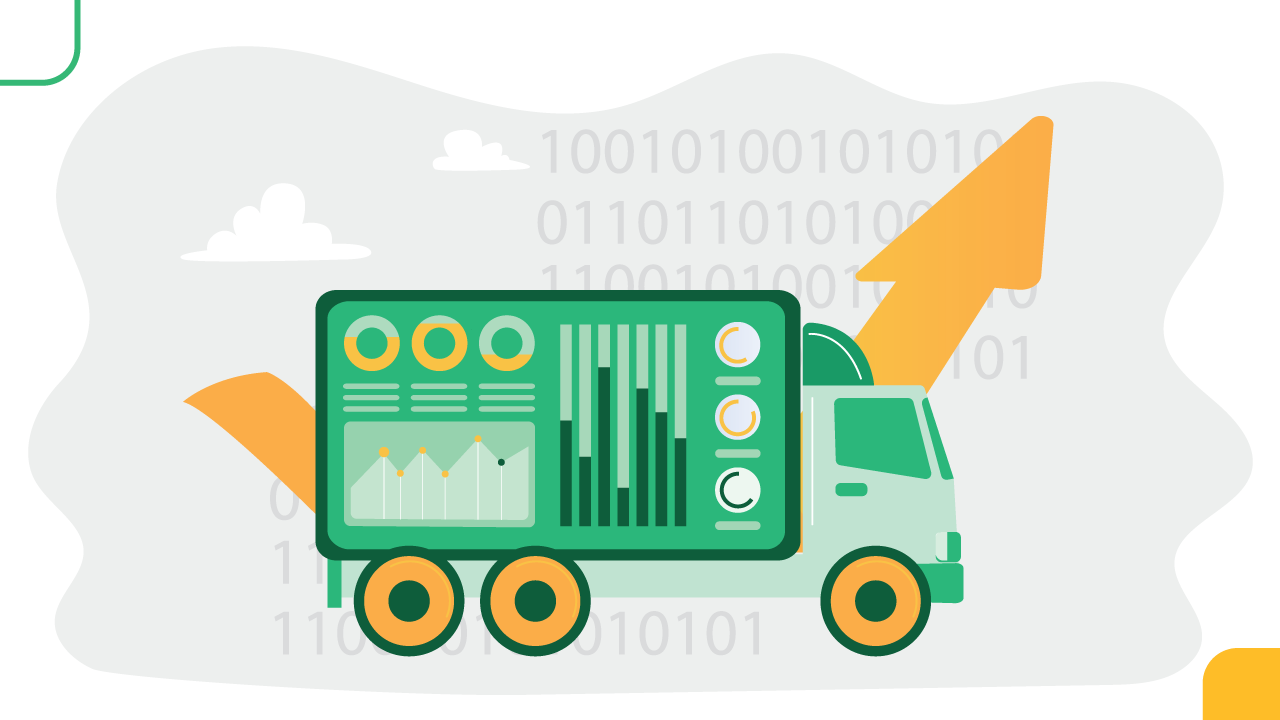
Article (25 minutes)
What logistics demand forecasting does, how it works, and its many benefits for logistics companies. Includes ROI Figures and Case Studies
Read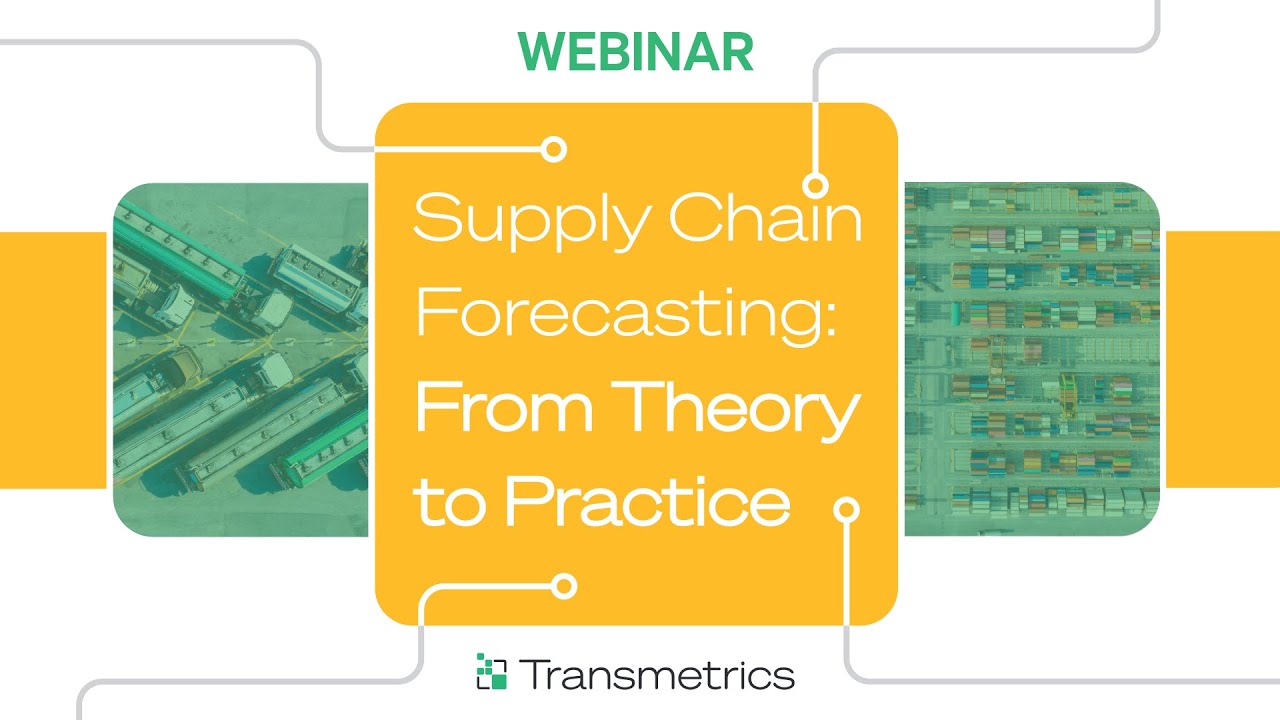
Video (55 minutes)
How to set up a demand forecasting process, metrics your business should use to assess the forecast, applications of demand forecast for the logistics optimization, and how that translates into business benefits
WatchCase studies, Organizational Aspects, Return on Investment examples
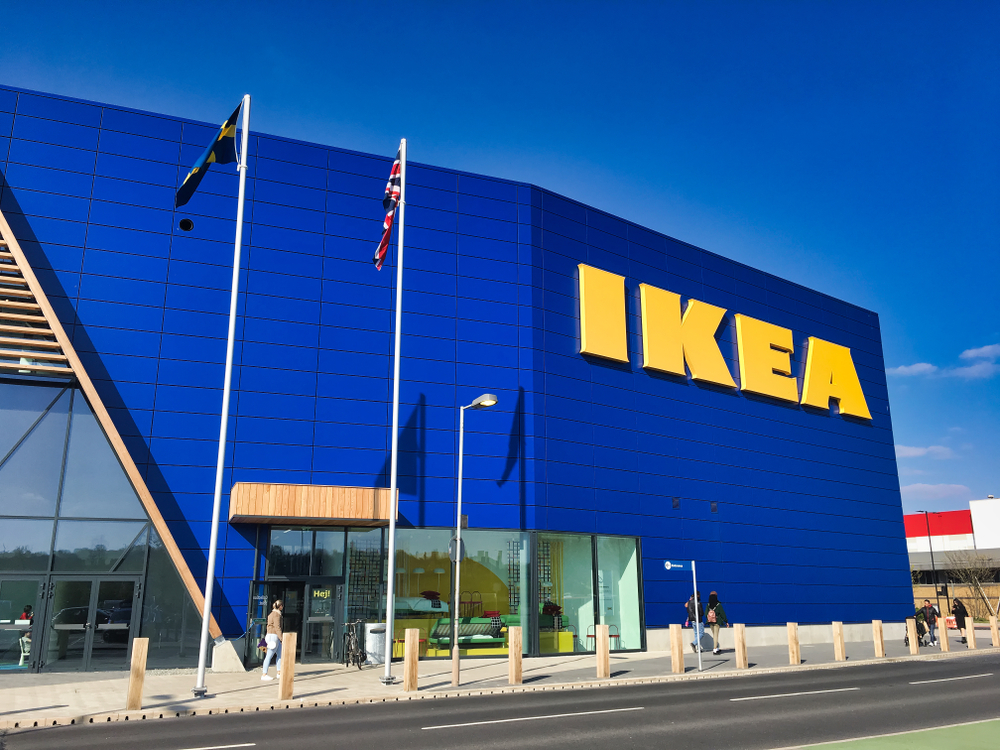
Article (16 minutes)
IKEA increases their demand forecasting accuracy with Machine Learning, leading to less inventory and reduction in logistics costs
ReadMore details on the technical aspects of the use-case
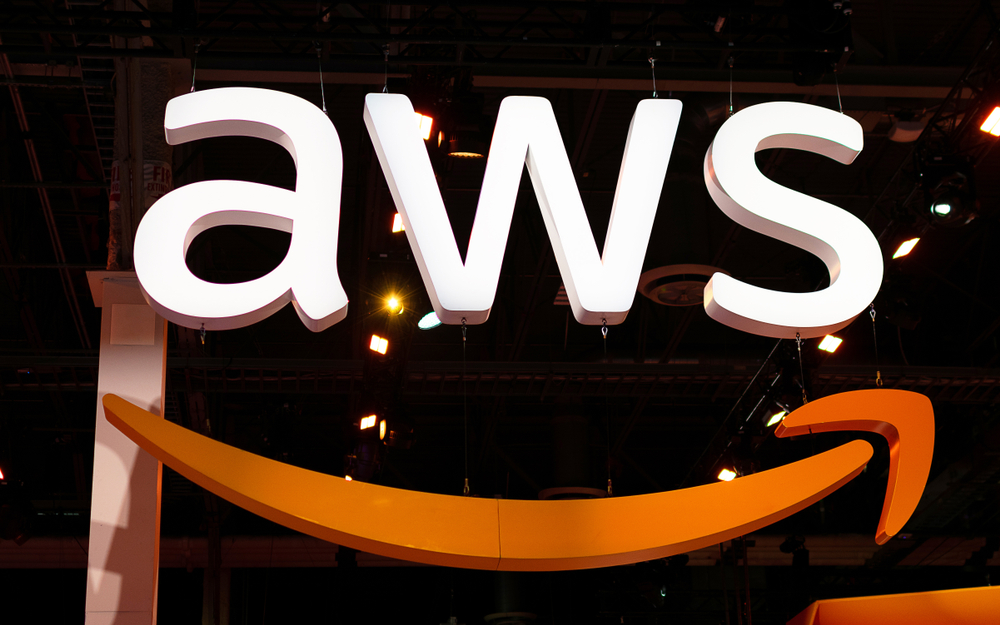
Video (34 minutes)
Learn how Amazon Forecast uses machine learning to provide more accurate forecasts for inventory management, and hear how More Retail saved millions of dollars building an AI-based Inventory Management system
Watch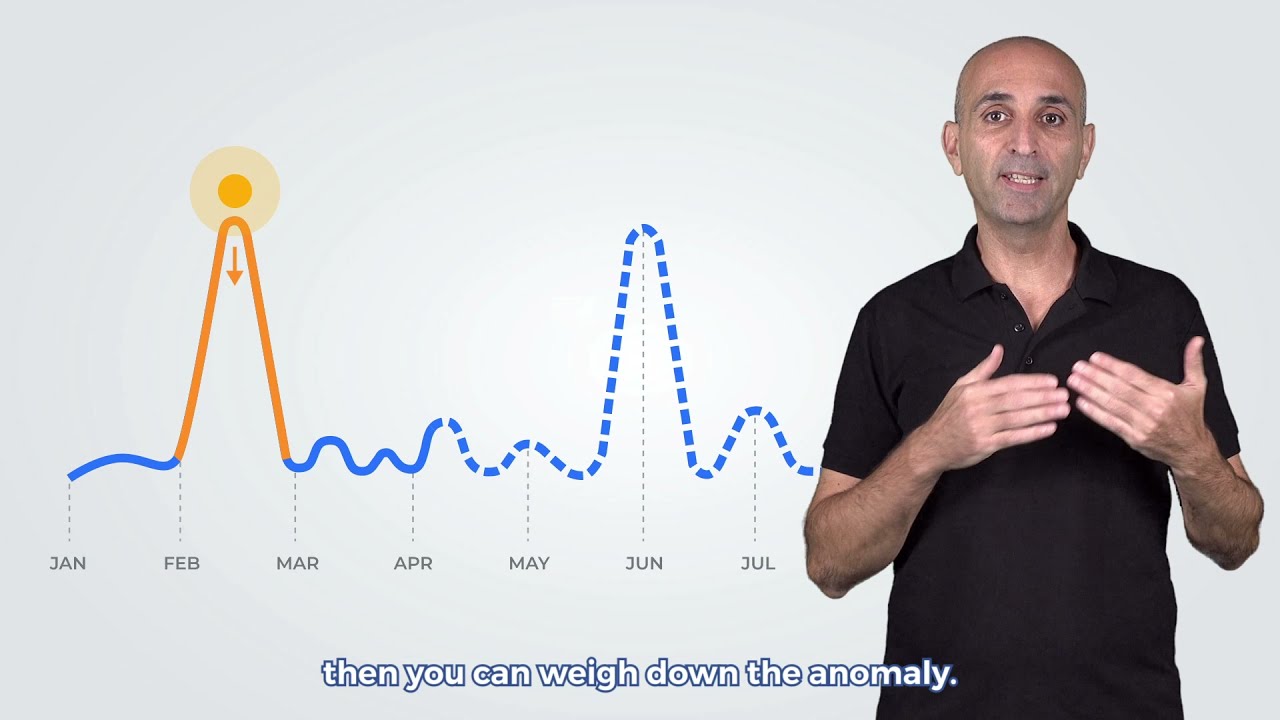
Video (5 minutes)
Good practices when using Machine Learning to forecast demand: Identify influencing events and metrics, account for data anomalies, & use ensemble of Models
Watch
Video (60 minutes)
Traditional forecasting / inventory planning techniques can’t keep up with the velocity of change, while supply chain complexities continue to evolve beyond human capacity. Autonomous Requirements Planning (ARP) is here to help
WatchTechnical resources that will help you implement the use-case (notebooks, tutorials..)

Github Repo (Code + Data)
Examples and best practice guidelines for building forecasting solutions. A comprehensive set of tools and examples that leverage recent advances in forecasting algorithms
Visit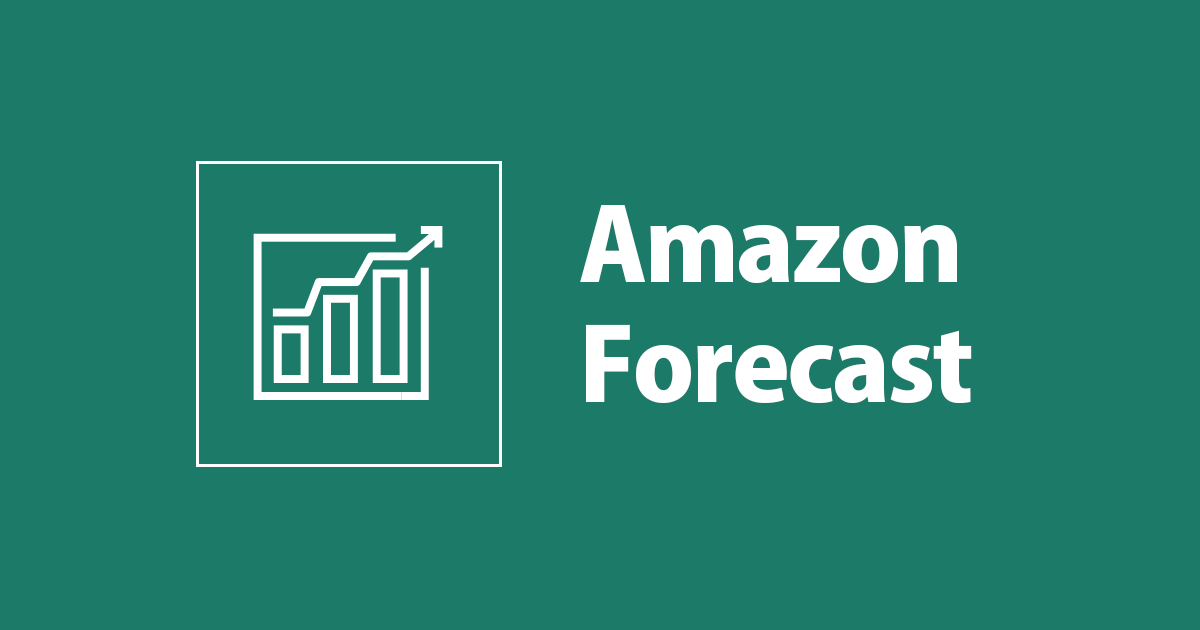
Cloud AI Service
Accurate time-series forecasting service, based on the same technology used at Amazon.com, no machine learning experience required. Read Documentation, Explore Samples, and watch a Tutorial
Visit
Github Repo + Data
Compare the accuracy of various time series forecasting algorithms such as Prophet, DeepAR, VAR, DeepVAR, and LightGBM
Visit
Video
Walmart outlines their forecasting strategy both from an algorithmic and from a computational perspective, and the key bottlenecks they overcame (note: requires creating login, takes less than 1 minute)
Watch
Video (21 minutes)
We highlight the features of a demand forecasting solution for a prominent US air conditioning products manufacturer. Forecasts per Product are made using neural networks, economic indicators, and other inputs
Watch
Article (15 minutes)
Comparative study of Demand Forecasting Methods for a Retail Store (XGBoost Model vs. Rolling Mean)
Visit
Article with Code (25 minutes)
An overview of common data science techniques and frameworks to create a demand forecast model
VisitData Sets you can use to build Demos, POCs, or test Algorithms
Hierarchical sales data from Walmart, starting at the item level and aggregating to that of departments, product categories and stores in three geographical areas of the US
5 years of store-item sales data, and a competition to predict 3 months of sales for 50 different items at 10 different stores
Got a Question or a Resource to share with the Community? Please do!
Copyright © 2025 AI Cases. All rights reserved
Session expired
Please log in again. The login page will open in a new tab. After logging in you can close it and return to this page.